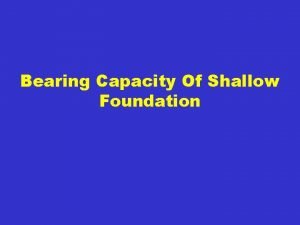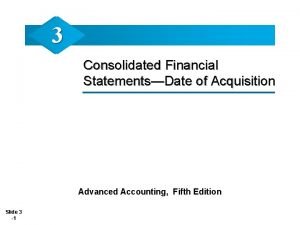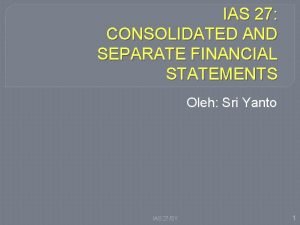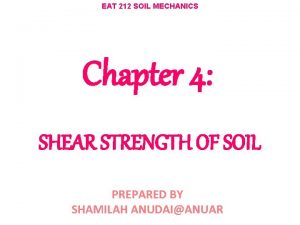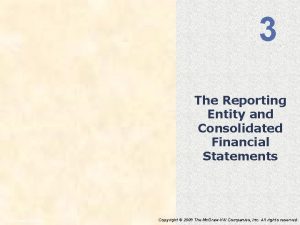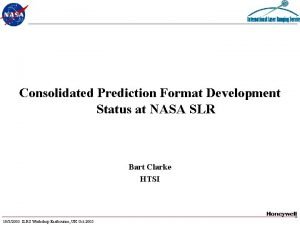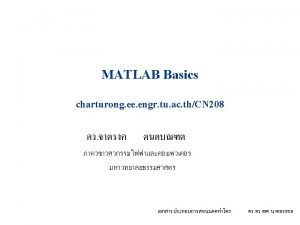New Prediction System Introduction The Consolidated Prediction Format










- Slides: 10

New Prediction System Introduction § The Consolidated Prediction Format (CPF) provides a single, convenient method for most stations to range to disparate targets § It can also accommodate cross-technique ranging attempts to allow more observations of a greater number of targets § Advantages over TIVs for SLR

Features of the CPF § Does not assume Euclidian space § Tabular ephemeris, with a time spacing appropriate to each target – and no tuning! § Multiple record types allow tailoring the prediction file to particular target types – satellites, moon, transponders § Reference frame is ITRF § Drag, time bias, and manoeuvres can be built into CPF files

New Prediction System - Agenda 1) What is the status of CPF generation and distribution? - NSGF - UT/CSR - HTSI - AIUB 2) What is the status of CPF station implementation? - MLRS - Zimmerwald - NSGF - HTSI (MOB/Ts/S 2 K) - Mt. Stromlo 3) Are the acquisition and normalpoint results adequate? 4) What (unexpected) challenges have the CPFs posed? 5) Are the prediction point separations adequate? 6) Are the prediction file sizes acceptable?

New Prediction System – Agenda (II) To answer these questions: R. Ricklefs UT/CSR G. Appleby NSGF W. Gurtner AIUB B. Clarke HTSI J. Luck EOS 7) What is the status of lunar and transponder predictions? - LRO – J Mc. Garry 8) What is the status of sample software and documentation? R. Ricklefs W. Gurtner 9) What is the time table be for network implementation? R. Ricklefs

UT CPF Predictions § ICESat predictions have been available in CPF since March and have been used at MLRS and Zimmerwald § Lunar predictions are available on our ftp site

MLRS CPF Status § Tracking using CPF for artificial satellites for at least some of the passes since March 2005. § About 300 passes with new system § 55% LEO, 40% MEO, 5% HEO § NSGF, HTSI, and UTX CPF predictions used

Documentation § Working Document § Being revised and improved § Targeted Documents (“Read Me First”) § For prediction centers § For stations

Sample Code - I § Read and interpolation routines with test program: FORTRAN and c. § CPF_INTER – Satellite predictions with look-ahead and look-back: FORTRAN § PREDICT (and test program): Lunar and transponder predictions with light-time iterations: FORTRAN

Sample Code - II § cpf_chk – checks format of cpf file: c § cpf_split (and suite) – Break multi-day cpf into pass files at specific station. Also produces a schedule document: Mainly FORTRAN with 1 c program in suite

Timetable for implementation § 15 November 2005: § Predictions available on CDDIS and EDC § Sample code and targeted documentation on CDDIS § 31 December 2005: § Predictions available from all centers § 30 June 2006 § All stations using new predictions
